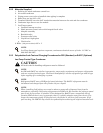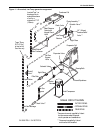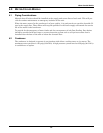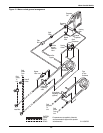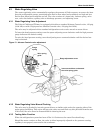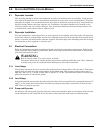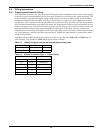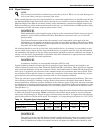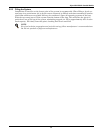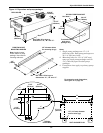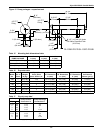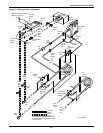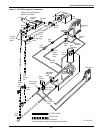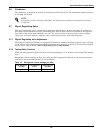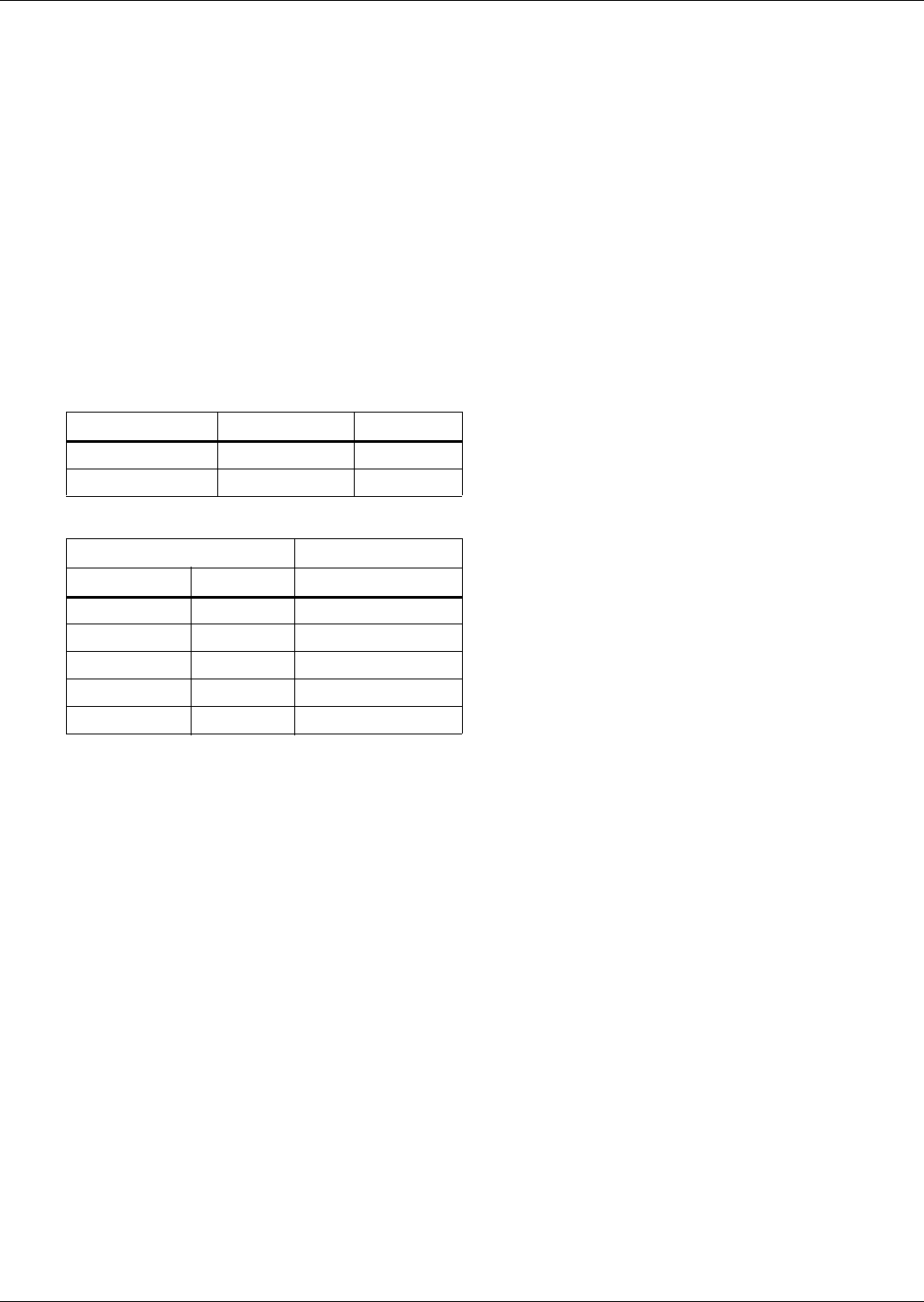
Glycol/GLYCOOL-Cooled Models
29
5.5 Filling Instructions
5.5.1 Preparing the System for Filling
It is important to remove any dirt, oil or metal filings that may contaminate the cooling system piping
in order to prevent contamination of the fresh glycol solution and fouling of the drycooler piping. The
system should be flushed thoroughly using a mild cleaning solution or high-quality water and then
completely drained before charging with glycol. Cleaning new systems is just as important as clean-
ing old ones. New systems can be coated with oil or a protective film; dirt and scale are also common.
Any residual contaminants could adversely affect the heat transfer stability and performance of your
system. In many cases, in both old and new systems, special cleaners are needed to remove scale, rust
and hydrocarbon foulants from pipes, manifolds and passages. Clean heat transfer surfaces are
important in maintaining the integrity of the heating/cooling system. For more information on clean-
ers and degreasers, contact your sales representative. Follow the manufacturer's instructions when
using these products.
Calculate the internal volume of the system as closely as possible. See Table 12 and Table 14 for
unit volumes. Use volume in Table 13 for glycol piping volumes.
Table 12 Indoor unit glycol volume approximate gallons (liters) max.
Model (50 Hz) Glycol-Cooled GLYCOOL
071WG/(070WG) 2.0 (7.5) —
061G/(058G) — 4.0 (15.1)
Table 13 Volume in standard Type “L” copper piping
Diameter (in.) Volume
Outside Inside Gal/Ft L/M
1/2 0.123 0.008 (0.01)
5/8 0.555 0.012 (0.15)
3/4 0.666 0.018 (0.22)
7/8 0.785 0.025 (0.31)
1-1/8 1.025 0.043 (0.53)



